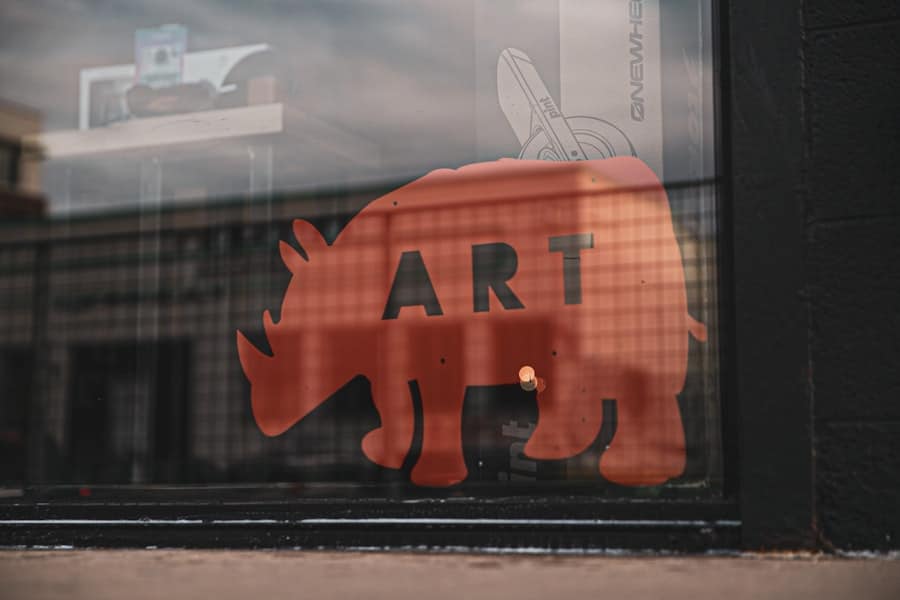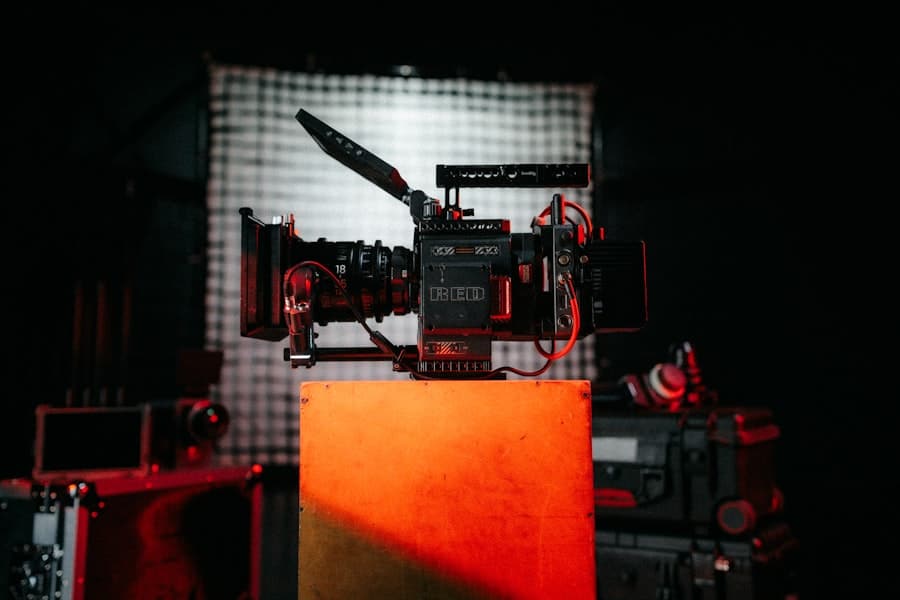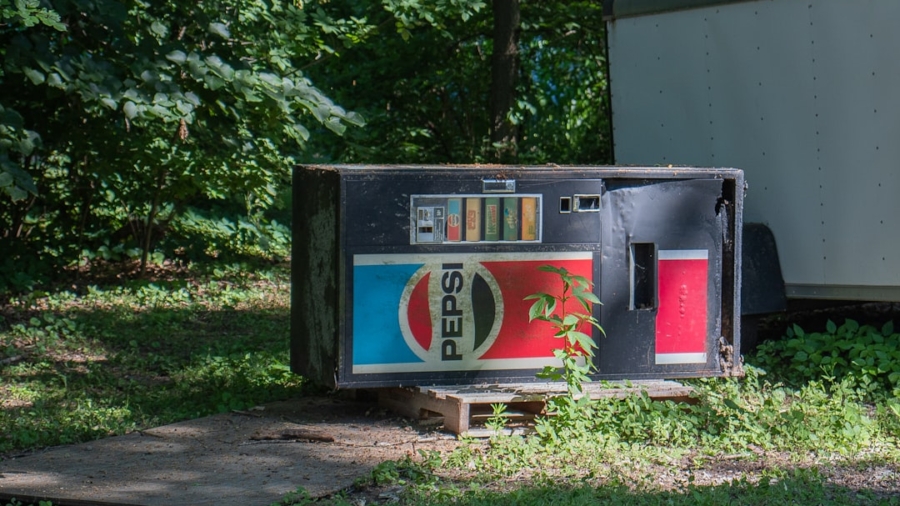The advent of artificial intelligence has revolutionized numerous fields, and the realm of art is no exception. AI art generators utilize complex algorithms and machine learning techniques to create visual art, often blurring the lines between human creativity and machine-generated output. These tools have democratized art creation, allowing individuals without formal training to produce stunning visuals with just a few clicks.
As AI art generators gain popularity, they are being embraced by artists, designers, and hobbyists alike. The ability to generate unique artwork quickly and efficiently has opened up new avenues for creative expression.
Artists can use these tools to explore new styles or generate inspiration for their projects, while businesses leverage AI-generated art for marketing materials, product designs, and social media content. This intersection of technology and creativity raises intriguing questions about authorship, originality, and the future of artistic endeavors in an increasingly digital world.
Key Takeaways
- AI art generators use artificial intelligence algorithms to create unique and original artwork.
- Top AI art generators include DeepArt, DeepDream, and Prisma, each with their own unique features and capabilities.
- DeepArt offers a wide range of artistic styles and customization options, while DeepDream focuses on creating surreal and dreamlike images.
- Prisma stands out for its user-friendly interface and real-time style transfer capabilities.
- Pricing and subscription options vary for each AI art generator, with some offering free basic features and others requiring a monthly subscription for full access.
Comparison of Top AI Art Generators
In the rapidly evolving landscape of AI art generation, several platforms have emerged as frontrunners, each offering distinct features and capabilities. Among the most notable are DALL-E 2, Midjourney, and Artbreeder. DALL-E 2, developed by OpenAI, is renowned for its ability to generate highly detailed images from textual descriptions.
This capability allows users to create artwork that aligns closely with their vision, making it a powerful tool for both artists and marketers. Midjourney, on the other hand, has carved out a niche in creating stylized images that often resemble traditional art forms. Its community-driven approach encourages collaboration and sharing among users, fostering a vibrant ecosystem of creativity.
Artbreeder stands out for its unique approach to collaborative art creation. Users can blend existing images to create new artworks, allowing for a more interactive experience. This platform emphasizes the idea of co-creation, where users can modify and evolve images through a process akin to genetic mixing.
Each of these platforms has its strengths and weaknesses, making it essential for users to consider their specific needs when choosing an AI art generator.
Features and Capabilities of Each AI Art Generator

DALL-E 2 boasts an impressive array of features that set it apart from its competitors. Its ability to interpret complex textual prompts allows users to generate images that are not only visually appealing but also conceptually rich. For instance, a user could input a phrase like “a futuristic cityscape at sunset,” and DALL-E 2 would produce a variety of interpretations based on that description.
Additionally, the platform supports inpainting, enabling users to edit specific areas of an image while maintaining the overall aesthetic coherence. This feature is particularly useful for artists looking to refine their work or incorporate specific elements into their designs. Midjourney excels in producing stylized artwork that often resembles traditional painting techniques.
Its focus on aesthetics makes it a favorite among artists seeking to create visually striking pieces without extensive technical knowledge. The platform allows users to experiment with various styles and settings, resulting in a diverse range of outputs from a single prompt. Furthermore, Midjourney’s community aspect encourages users to share their creations and collaborate on projects, fostering a sense of belonging among artists and enthusiasts alike.
Artbreeder’s collaborative features are its defining characteristic. Users can start with a base image and then modify it by adjusting sliders that control various attributes such as color, style, and composition. This interactive approach allows for endless possibilities in image creation, as users can blend multiple images together to produce entirely new artworks.
The platform also includes a social component where users can showcase their creations and receive feedback from the community, enhancing the creative process through collaboration.
User Experience and Interface
The user experience across these AI art generators varies significantly, reflecting their different target audiences and design philosophies. DALL-E 2 offers a clean and intuitive interface that guides users through the process of generating images from text prompts. The simplicity of its design makes it accessible even for those who may not be tech-savvy.
Users can easily input their descriptions and receive multiple image outputs within seconds. The platform also provides options for refining results through inpainting or adjusting parameters, ensuring that users have control over the final product. Midjourney’s interface is somewhat different; it operates primarily through Discord, which may be unfamiliar to some users but fosters a sense of community among artists.
The chat-based format allows for real-time interaction and collaboration, enabling users to share prompts and results instantly. While this approach may require a learning curve for those not accustomed to Discord, it ultimately enhances the user experience by creating an engaging environment where creativity thrives. Artbreeder’s interface is designed around interactivity and collaboration.
Users are greeted with a gallery of existing images that they can modify or blend with their own creations. The sliders used to adjust image attributes are straightforward and visually appealing, making it easy for users to experiment with different styles and features. The platform encourages exploration, allowing users to dive deep into the creative process without feeling overwhelmed by technical jargon or complex tools.
Pricing and Subscription Options
When considering an AI art generator, pricing is a crucial factor that can influence user choice. DALL-E 2 operates on a credit-based system where users purchase credits to generate images. This model allows for flexibility; users can buy as many credits as they need based on their usage patterns.
While this pay-per-use approach can be economical for casual users, frequent creators may find it more cost-effective to opt for subscription plans that offer bulk credits at discounted rates. Midjourney employs a subscription model with tiered pricing options based on usage levels. Users can choose between different plans that offer varying amounts of image generations per month along with access to exclusive features.
This structure caters to both casual users who may only need occasional access and professional artists who require extensive capabilities for their projects.
Artbreeder offers a freemium model where basic features are available at no cost, allowing users to explore the platform without financial commitment.
For those seeking advanced capabilities or higher resolution outputs, premium subscriptions are available at reasonable prices. This model encourages experimentation among new users while providing options for more serious artists who wish to unlock additional features.
Integration with Design Tools and Platforms

Enhancing Utility for Creative Professionals
The ability to integrate AI art generators with existing design tools can significantly enhance their utility for professionals in creative industries. DALL-E 2 has made strides in this area by offering API access that allows developers to incorporate its image generation capabilities into their applications or workflows. This integration enables designers to seamlessly incorporate AI-generated visuals into projects ranging from marketing materials to product designs without needing to switch between multiple platforms.
Midjourney’s Community-Driven Approach
Midjourney’s integration capabilities are somewhat limited due to its reliance on Discord as the primary interface; however, its community-driven approach fosters collaboration among users who often share their creations across various platforms like Instagram or Behance. While direct integration with design software may not be as robust as other tools, the ease of sharing outputs encourages users to incorporate Midjourney-generated art into their broader creative processes.
Artbreeder’s Focus on Collaboration and Flexibility
Artbreeder stands out with its focus on collaboration and sharing within its platform but lacks direct integration with popular design tools like Adobe Creative Suite or Canva. However, users can easily download their creations in high resolution and import them into other software for further editing or enhancement. This flexibility allows artists to use Artbreeder as a starting point for their projects while leveraging other design tools for final touches.
Case Studies and Examples of AI-Generated Art
The impact of AI art generators can be seen in various case studies that highlight their potential across different industries. For instance, DALL-E 2 has been utilized by marketing teams to create unique visuals for campaigns that resonate with target audiences. A notable example is a campaign launched by a fashion brand that used DALL-E 2 to generate imaginative clothing designs based on abstract concepts like “nature-inspired futurism.” The resulting images not only captured attention but also sparked discussions about sustainability in fashion.
Midjourney has gained traction among digital artists who use its stylized outputs as inspiration or as part of larger projects. One artist shared their experience of using Midjourney-generated landscapes as backgrounds for digital illustrations, enhancing the overall aesthetic quality of their work while saving time on initial concept development. This collaborative approach demonstrates how AI-generated art can serve as a valuable resource rather than merely a replacement for traditional artistic methods.
Artbreeder has been embraced by game developers looking for unique character designs or environments without incurring high costs associated with custom artwork creation. A small indie game studio utilized Artbreeder to generate diverse character models based on player feedback during development phases. By blending different traits and styles, they were able to create a rich array of characters that appealed to their audience while streamlining the design process.
Conclusion and Recommendations
As AI art generators continue to evolve, they present exciting opportunities for artists and creators across various fields. Each platform offers unique features tailored to different user needs, making it essential for individuals to assess their specific requirements before choosing an AI art generator. For those seeking detailed image generation from text prompts, DALL-E 2 stands out as an excellent choice due to its advanced capabilities and intuitive interface.
Midjourney appeals particularly to those interested in stylized artwork and community engagement, making it ideal for artists looking to collaborate and share ideas with others in real-time. Meanwhile, Artbreeder’s focus on interactivity and co-creation makes it an attractive option for users who enjoy experimenting with blending images and attributes. Ultimately, the choice of an AI art generator should align with individual goals—whether it’s generating unique visuals quickly or exploring new artistic styles collaboratively.
As these technologies continue to advance, they will undoubtedly shape the future landscape of art creation in ways we are only beginning to understand.
If you’re interested in exploring more tools and resources for designers, you may want to check out this article on The Ultimate Collection of 2023’s Best Notion Templates for Students. It provides a comprehensive list of templates that can help students stay organized and productive. Additionally, if you’re looking to enhance your animation skills, you might find this article on the best software for 2D animation helpful. And for those interested in creating training videos, this article on the best software to create training videos offers valuable insights and recommendations.
FAQs
What are AI art generators?
AI art generators are software programs that use artificial intelligence and machine learning algorithms to create original artwork or designs. These tools can generate a wide range of visual content, including paintings, illustrations, and graphic designs.
How do AI art generators work?
AI art generators work by analyzing large datasets of existing artwork and learning the patterns, styles, and techniques used by artists. They then use this knowledge to generate new, original pieces of art based on user input or specific parameters.
What are the benefits of using AI art generators for designers?
AI art generators can help designers quickly generate new ideas, explore different styles, and create unique visual content. They can also save time and effort by automating the creative process and providing inspiration for new projects.
What are some popular AI art generators for designers?
Some popular AI art generators for designers include DeepArt, RunwayML, Artbreeder, and Deep Dream Generator. These tools offer a range of features and capabilities, allowing designers to create a variety of artwork and designs.
Are there any limitations to using AI art generators?
While AI art generators can be powerful tools for designers, they also have limitations. For example, the quality of the generated artwork may vary, and the output may not always meet the designer’s expectations. Additionally, some AI art generators may require a strong understanding of the underlying algorithms and techniques to use effectively.

